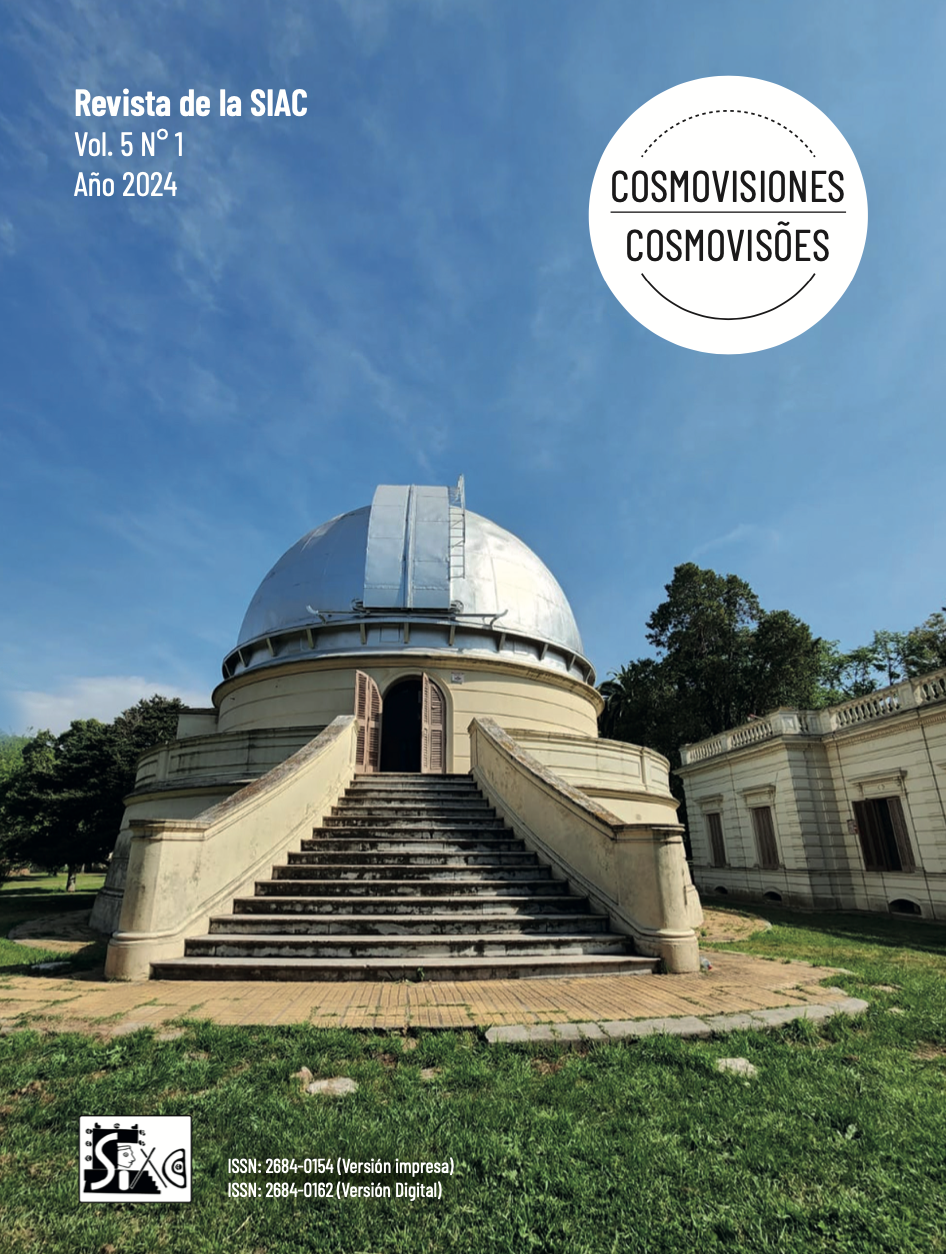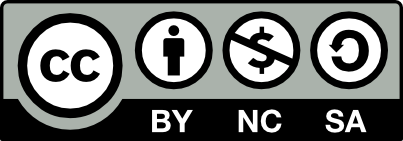Subterranean observatories, dark chambers and solar telescopes
DOI:
https://doi.org/10.24215/26840162e015Keywords:
Xochicalco, Morelos-México, subterranean observatories, solar telescopes, solar zenith observations, astronomic observations in MesoamericaAbstract
Our field investigations, carried out for more than three decades in about twenty underground observatories located in caves and inside pre-Hispanic buildings in Mesoamerica, led us to question whether the ideas that were formulated by Paollo del Pozzo Toscanelli, in the fifteenth century, and by Galileo Galilei at the beginning of the 17th century, and that conducted them to invent a modern object for scientific research (the solar telescope), could have arisen among the Mesoamerican peoples more than ten centuries before. The two oldest underground observatories in Mesoamerica were found between 1980 and 1995 in Teotihuacán and have been dated to the 4th century AD, followed by the one found inside Building P in Monte Albán, Oaxaca. Despite having been built years later (VII-VIII centuries AD), the Xochicalco Observatory has proven to be the most accurate and best preserved of all those we have studied in these three decades. In recent field and cabinet studies, we have retaken his research under the light of new archaeological discoveries highly significant about ceramic objects, that we called"astronomical discs." They led us to take,as a referent of this type of early astronomical observational instruments, to the Xochicalco Observatory, which was especially used in relation with the apparent movements of the Sun at the time of its passage through the meridian of a site. This paper proposes that two cultures separated by time and space, in America and Europe, in independent ways, achieved the invention of an instrument that gave similar solutions to scientific questions that probably were, in some ways, of different nature. Despite the different way in which knowledge was applied and interpreted at each time and place, the instruments created are enormously similar, to the extent we can propose that in Mesoamerica, around the 8th century AD, if not earlier, was created a complex solar observation instrument that allowed the recording of positions of this celestial body that had considerable precision. The characteristics of the Mesoamerican underground observatories, that we formulate here, based on archaeological and empirical evidence, allow us to propose that they were instruments for measurement and scientific experimentation, whose characteristics lead us to compare them with dark chambers and solar telescopes invented in other latitudes centuries later.
Downloads
References
Abetti, Giorgio (1983) Historia de la astronomía, México, Fondo de Cultura Económica.
Anderson Neil S. (1981) The Solar Observatory at Xochicalco and the Maya Farmer's Almanac, Archaeoastronomy, 3, 22-25.
Aveni Anthony F. (1991) Observadores del cielo en el México antiguo, México, Fondo de Cultura Económica.
Aveni, Anthony F. (1992) Conversing with the planets. How science and mith invented the cosmos, Times Books, New York.
Aveni A. y Hartung Horst (1981) The Observation of the Sun at the Time of the Passage Through the Zenith in Mesoamerica. Archaeoastronomy, 3, 51-70.
Broda Johanna (1986) Arqueoastronomía y desarrollo de las ciencias, en La historia de la astronomía en México, A. Corral (ed.), México, Fondo de Cultura Económica. 65- 102.
Morante López, Rubén B. (1993) Evidencias del conocimiento astronómico en Xochicalco, Morelos, Tesis de maestría, México, Escuela Nacional de Antropología e Historia.
Morante López, Rubén B. (1995) Los observatorios subterráneos La Palabra y el Hombre. Revista de la Universidad Veracruzana 94, 35-71.
Morante López, Rubén B.; Garza, Silvia y Escalante, Mauricio (2018) El Observatorio de la Gruta del Sol de Xochicalco. Arqueología Mexicana 153, 74-80.
Tichy Franz (1980) Der Festkalender Sahagun's. Einechter Sonnenkalender? Lateinamerika Studien 6,115-134.
Downloads
Published
How to Cite
Issue
Section
License
Copyright (c) 2024 Rubén Morante López

This work is licensed under a Creative Commons Attribution-NonCommercial-ShareAlike 4.0 International License.
Authors who publish in this journal agree to the following terms:
The authors retain intellectual authorship of the work and guarantee the journal the right to be the first publication of the work.
Authors may share the work with acknowledgment of authorship and the initial publication in this journal.
Authors may separately establish additional agreements for the non-exclusive distribution of the version of the work published in the journal (for example, placing it in an institutional repository or publishing it in a book), with an acknowledgment of its initial publication in this journal.
The journal offers free access ("open access") to all its content. The articles are available to be read, downloaded, copied, printed and/or researched according to the Creative Commons license: CC BY-NC-SA (Attribution - Non-Commercial - Share Alike-4.0 International)

The content of the journal is fully available from its publication. Readers are required to correctly cite the journal and the author of the downloaded content
















